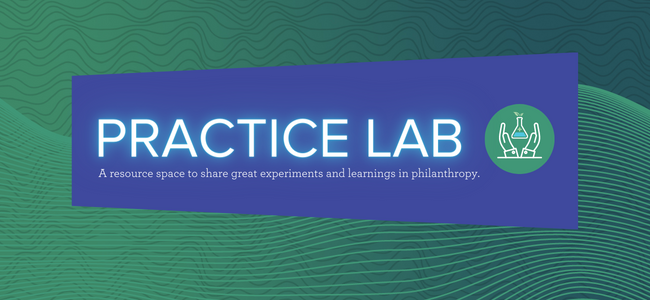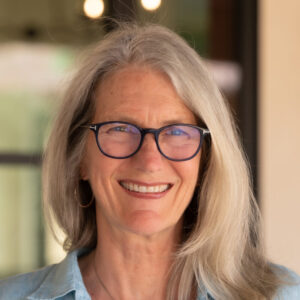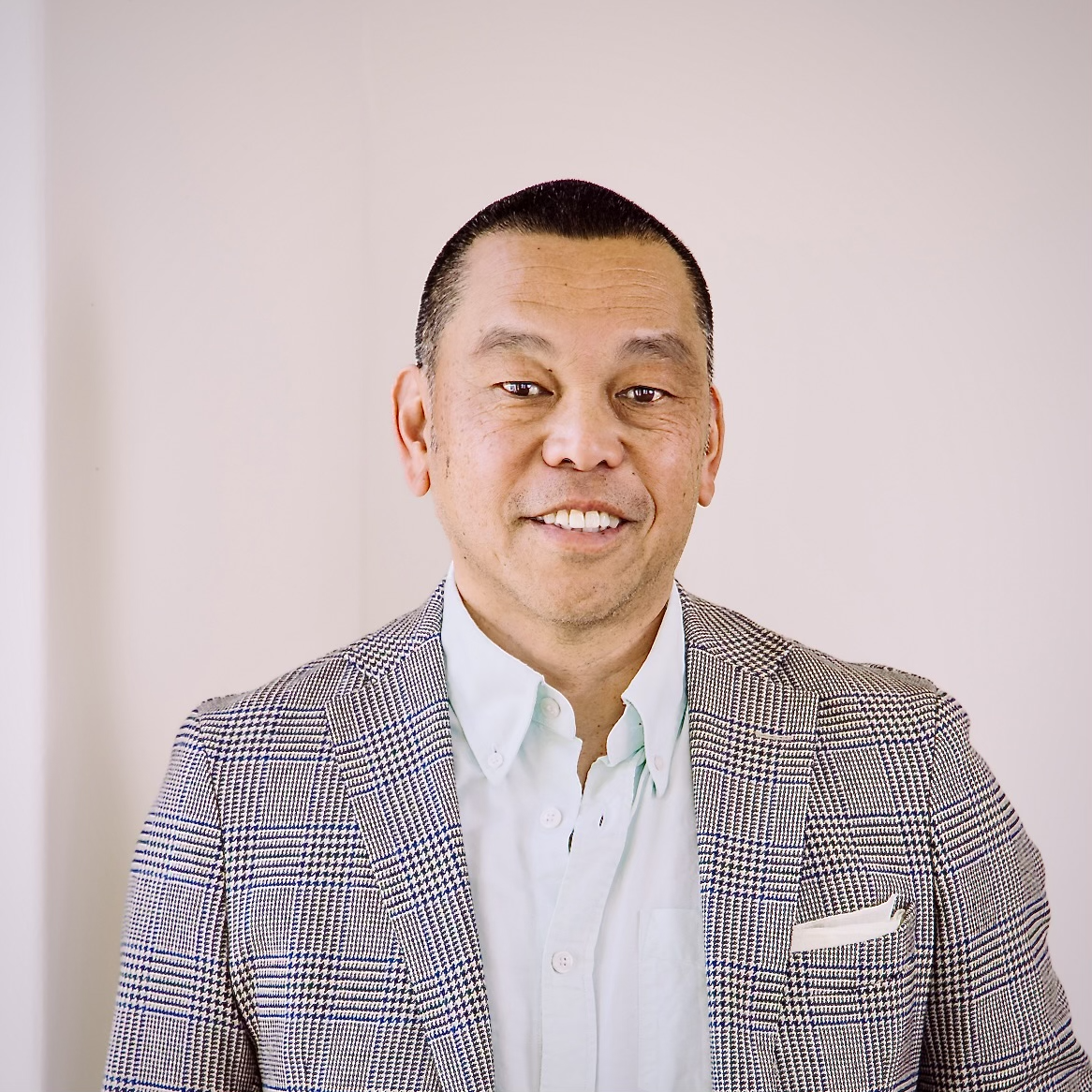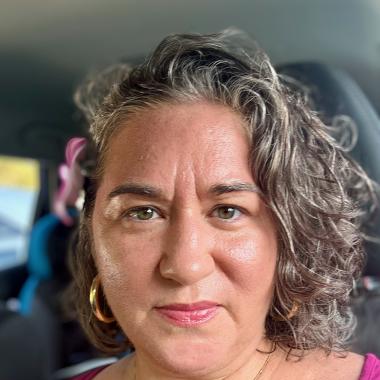Using C(4) Funding to Build Community Power

NCG's Practice Lab is a resource space to share great experiments and learnings in philanthropy. The Lab focuses on actions that experiment and takes risks, fails forward with lessons learned, and lifts up equitable best practices.
Last year, Angie Junck, director of the Human Rights program at the Heising-Simons Action Fund attended NCG’s Funding Strategies to Accelerate Power-building Cohort.
The Community of Practice helped connect like-minded funders who wanted to expand their toolbox to strengthen democracy. Below Angie shares how investing in (c)(4) funding can build power for marginalized communities especially during an election year.
How did you center the communities you are hoping to serve in your experiment?
The Heising-Simons Action Fund’s Human Rights programs center the same communities as beneficiaries of our support: Black, Latinx, and AAPI people directly and most negatively impacted by mass criminalization, building their own power and agency, and transforming their communities to be safer and more just. Through nurturing trusting relationships with our grantees, we heard them say that (c)(4) grants advance their policy agenda and further build their power. Our grantees have demonstrated time and again that they are at the forefront of transformative change, and we follow their lead.
What risks did you take in service of equity?
We would not call it risky, but smart and bold to engage in (c)(4) grantmaking to support community-based grassroots organizing groups that are newer to the work enabled by this type of grantmaking. For communities that have been historically under resourced in our social and political spaces, limiting them to (c)(3) grantmaking approaches ties their hands and slows (and sometimes even hinders) their progress. We must diversify the strategies we use, and the kinds of resources we distribute, to best position them to further build power. Leaning into (c)(4) grantmaking acknowledges that power does not operate in a silo, is not a single strategy or tactic, nor is it apolitical. Instead, investing in (c)(4) work is an advancement of power.
What advice or call to action do you have for other funders?
As our Action Fund grantee the New Left Accelerator says: “Funders must adopt better and bolder practices that support [(c)(4) and] multi-entity work. The entire funding ecosystem must evolve to better support power building work more effectively.” This involves leaning into practices like learning how multi-entity work builds power so that your institution has a better understanding of why multi-entity strategies increase impact; developing clear institutional stances in support of advocacy and (c)(4) work; inquiring, listening, and being open to the needs of grantees; and investing in grantees (c)(3) and (c)(4) strategic capacity. Even for funders that are not able to venture into (c)(4) grantmaking, they can explore (c)(3) grantmaking that is complementary and builds multi-entity capacity.
How can this idea be scaled and replicated in philanthropy?
Funding institutions need to be open and curious about (c)(4) work. They should not avoid it out of fear that they might engage in legal violations or expose themselves to possible attack. Funders instead should take an empowering stance towards (c)(4), leaning into the possibilities, not the risks, that (c)(4) creates. There are spaces where (c)(3) funders can learn with others about (c)(4) work including NCG’s Power-Building Series. Some philanthropic (c)(4) entities have also started a peer learning group for administrative and operations staff.
What would you change/what did not work? What lessons would you share with the field? What can you share about the process of collaboration to arrive at this point?
When we established the Heising-Simons Action Fund in 2020, there weren’t many (c)(4) funding institutions to learn from. Some of us learned that the parameters we set did not meet the needs and asks of the field and where we would make the most difference. In retrospect, I think we should have understood what we wanted to achieve and why so that the structure could fully reflect our goals. This would have taken more pre-work by listening and inquiring with the field about the kind of support they needed and how we should structure it.
There is a big learning curve when it comes to (c)(4) grantmaking. There is less of a movement orientation in the (c)(4) political landscape and more deference to technocratic interventions; it often feels like we are speaking different languages. There is also a lot of complexity with (c)(4) work due to legal and financial compliance for both the funder and the grantee. A grantee could jeopardize their entire organization through lack of compliance. As a result, we’ve spent a lot of our time finding, navigating, and supporting capacity building for our grantees; unfortunately, the capacity building field is nascent and developing.
(c)(4) provides incredible opportunities for funder and intra-movement collaboration, breaking down traditional issue-based silos that are prevalent in the (c)(3) space. In order to advance democracy, it is vital for funders to understand that they have to center everyday people using every tool available including (c) (4) funding strategies.
Info Session: NCG's 2024 (c4) Power-Building Cohort






